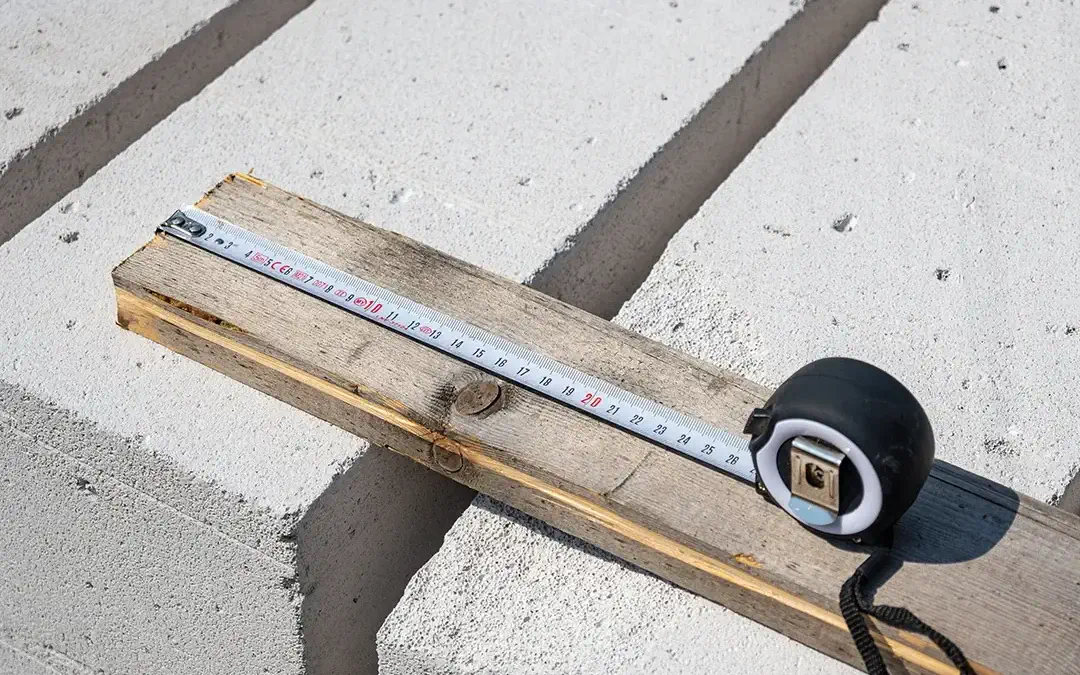What Is House Leveling?
House leveling is the process of restoring a home’s foundation to its original position. Over time, foundations can settle due to various factors such as soil movement, water damage, or poor construction. If left unaddressed, foundation issues can lead to structural damage, safety hazards, and decreased property value.
Why Is House Leveling Necessary?
A home with an uneven foundation can experience a range of problems, including:
- Cracks in walls and ceilings
- Uneven or sloping floors
- Doors and windows that stick or won’t close properly
- Gaps between walls and ceilings or floors
- Plumbing issues due to shifting pipes
Ignoring these signs can result in costly repairs and potential safety risks. House leveling helps prevent further structural damage and maintains the integrity of your home.
Causes of Foundation Settlement
Several factors contribute to foundation settlement, making house leveling necessary. These include:
1. Soil Movement
Soil expands and contracts due to moisture changes. In areas like Long Island, Brooklyn, Queens, and the Bronx, seasonal changes and varying soil compositions can cause foundations to shift.
2. Poor Drainage
Water accumulation around a foundation can weaken the soil, leading to erosion and uneven settling.
3. Tree Roots
Large trees near a home can absorb moisture from the soil, causing the ground to shrink and the foundation to shift.
4. Poor Construction
If a home was built on unstable soil or with inadequate support, foundation issues can arise over time.
Methods of House Leveling
There are several methods used to level a house, depending on the type of foundation and the severity of the settlement.
1. Slab Foundation Leveling
For homes with concrete slab foundations, leveling techniques include:
- Mudjacking: A mixture of cement, soil, and water is pumped under the slab to lift it back into place.
- Polyurethane Foam Injection: Expanding foam is injected under the foundation to raise and stabilize it.
2. Pier and Beam Foundation Leveling
For homes with pier and beam foundations, repairs typically involve:
- Shimming: Thin pieces of wood or steel are added to existing piers to correct minor settling.
- Pier Replacement: Old or damaged piers are replaced to restore stability.
3. Helical or Steel Piers
In severe cases, steel piers or helical piers are driven into the ground to lift and stabilize the foundation.
House Leveling Cost
The cost of house leveling varies based on the extent of the damage, the repair method used, and the location. Factors that influence cost include:
- The size and type of foundation
- The severity of the settlement
- The chosen repair method
- Labor and material costs
On average, house leveling costs can range from $3,000 to $10,000. However, more extensive repairs may exceed this range. Getting a professional assessment is the best way to determine the exact cost for your home.
Finding House Leveling Services Near Me
If you’re searching for “house leveling near me” in Long Island, Brooklyn, Queens, or the Bronx, it’s essential to choose a reliable foundation repair company. Look for:
- Licensed and insured contractors
- Positive customer reviews and testimonials
- Experience with local soil conditions and foundation types
- Transparent pricing and warranties
Why Choose Zavza Seal LLC for House Leveling?
At Zavza Seal LLC, we specialize in foundation repair and house leveling services. Our team of experts provides comprehensive inspections and customized solutions to restore your home’s stability. We use state-of-the-art techniques and high-quality materials to ensure long-lasting results.
Benefits of Choosing Zavza Seal LLC:
- Expert Assessments: Our team thoroughly evaluates your foundation to recommend the best solution.
- Advanced Techniques: We use the latest technology to ensure precision and durability.
- Affordable Pricing: Competitive rates with no hidden costs.
- Local Experience: We understand the unique soil conditions in Long Island, Brooklyn, Queens, and the Bronx.
How to Prevent Future Foundation Issues
After leveling your home, taking preventive measures can help maintain its stability:
- Maintain Proper Drainage: Ensure gutters and downspouts direct water away from your foundation.
- Monitor Soil Moisture: Avoid excessive dryness or water saturation near your home.
- Inspect for Cracks: Regularly check walls, floors, and foundations for signs of movement.
- Schedule Regular Inspections: A professional assessment can catch issues before they worsen.
Conclusion
House leveling is a crucial step in preserving the safety and value of your home. If you notice signs of foundation issues, acting quickly can save you from costly repairs down the road. For expert house leveling services in Long Island, Brooklyn, Queens, and the Bronx, contact Zavza Seal LLC today.
Related Blog Posts:
- How Long Does the Restoration Process Take for Homes With Water Damage?
- What to Do If Your Home Has Water Damage?
- Signs of Water Damage in the Basement Walls
- Water Damage & Mold: Everything You Need To Know in 2023
- Things You Should Know About Water Damage
- Who Do I Call After My House Has Water Damage Restore?
- What Causes Water Damage to Floors and Walls
Related Services:
Our service areas:

